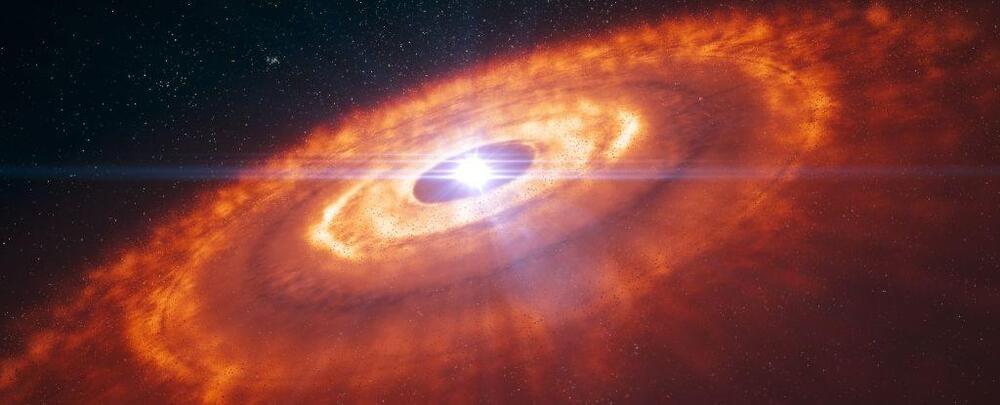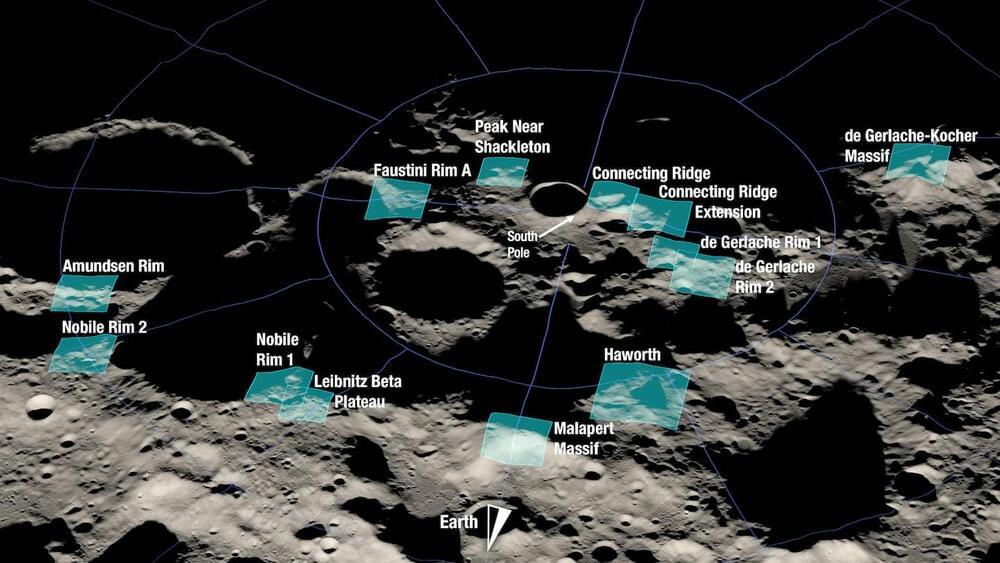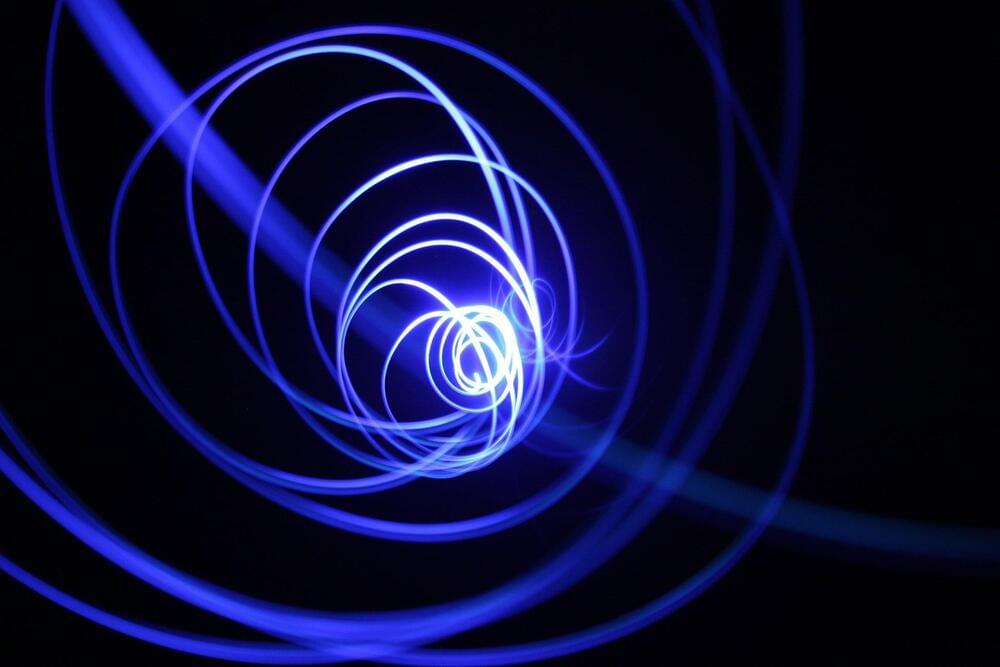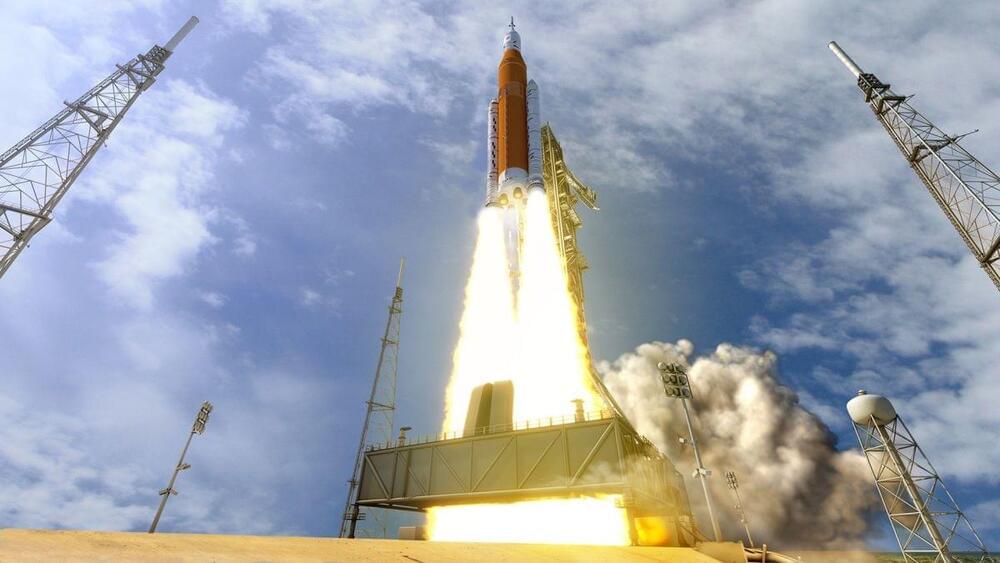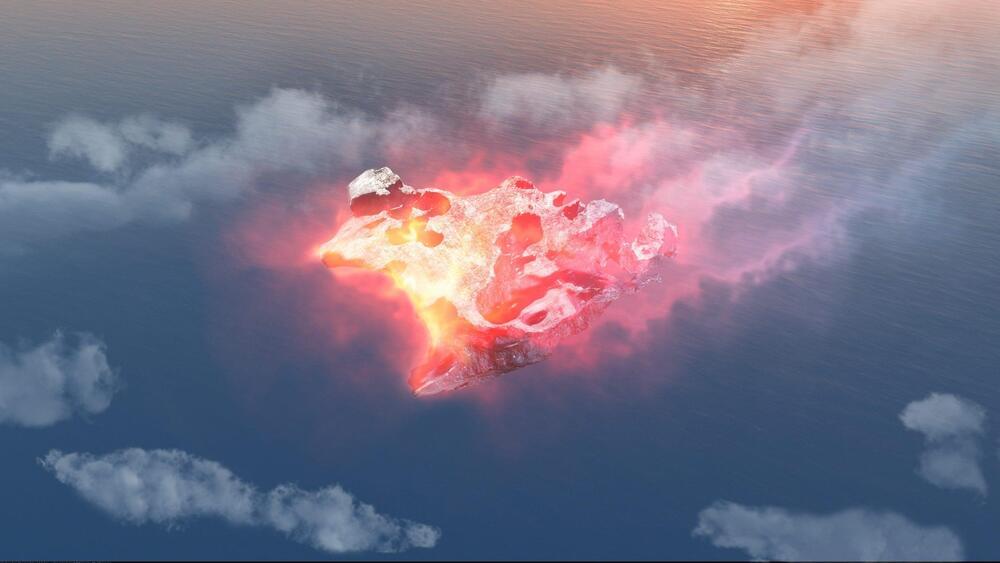Tiny fragments of rock brought back from an asteroid in near-Earth solar orbit are so old, they predate the Solar System.
A new analysis of samples of asteroid Ryugu has revealed the presence of mineral grains forged in the outflows or explosions of old stars before our own Sun formed.
As identified by previous research, these presolar grains reveal Ryugu is very similar to a class of meteorites known as Ivuna-type carbonaceous (CI) chondrites. However, the presence of some fragile grains indicate that parts of Ryugu may be unchanged since the asteroid formed.
